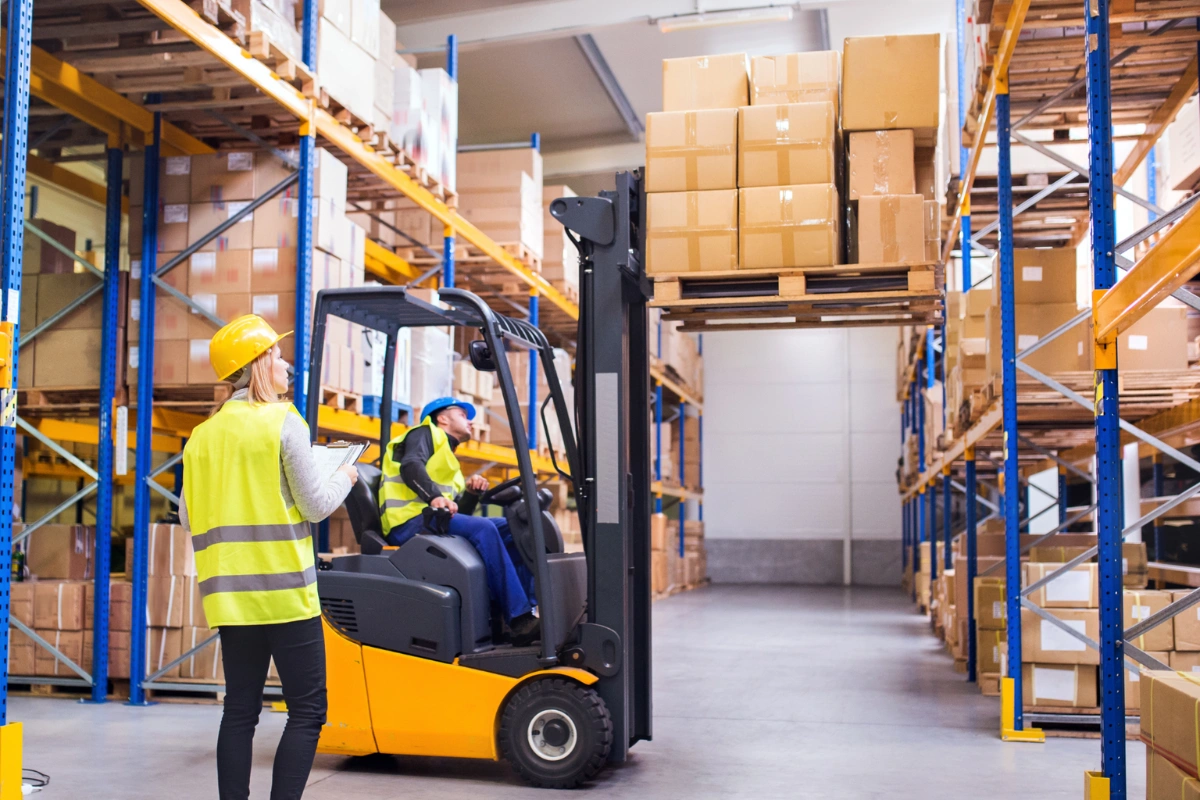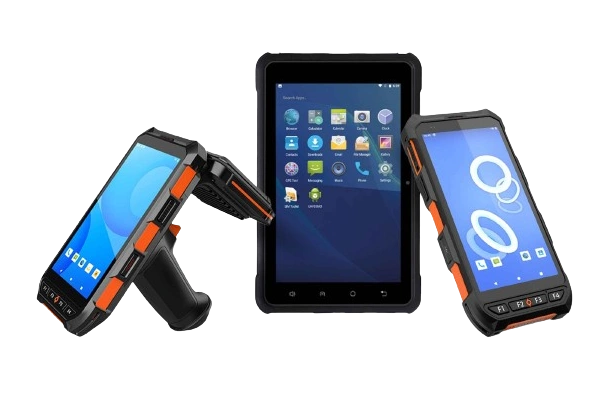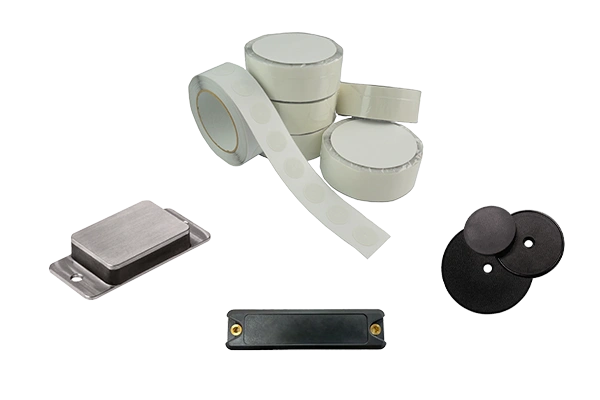Supply Chain

The term “logistics” is one of those vague expressions with an unimaginably broad range of meanings. Nevertheless, there are several commonalities across all logistics applications. The standard task of logistics is to deliver the correct parts at the right time to the right place.
Supply Chain
The term "logistics" is one of those vague expressions with an unimaginably broad range of meanings. Nevertheless, there are several commonalities across all logistics applications. The standard task of logistics is to deliver the correct parts at the right time to the right place. To ensure smooth operations, RFID systems and IoT solutions offer companies a wide range of options that simplify the transport and delivery of goods between manufacturers and recipients.
Requirements for Logistics
Everything has a cost, and transporting objects from A to B requires energy and space, both of which are measured in money. Therefore, a logistics system must:
- Protect the goods in transit,
- Deliver the goods at the right time,
- Avoid empty runs of containers and vehicles,
- Prevent loss of goods, containers, or vehicles.
To achieve some or all of these goals, RFID technology can help by providing real-time information for tracking goods and transportation.
How RFID Works in Logistics
The manufacturer equips their products with a transponder. Each item is assigned a unique number via the Electronic Product Code (EPC). Each RFID label or chip in the transponder contains this number. The EPC provides information about the item’s data, such as production date and serial number, which must be registered in a database. For the system to work smoothly, intermediaries need to be provided with the EPCs so they can later identify the products with their readers.
When a product leaves the manufacturer, it is recorded by a reader. This logs exactly which item left the company and when. The next data is transmitted to transport vehicles, providing information on when the goods were loaded and when they arrived at the next intermediary. When the intermediary ships the goods, they, like the manufacturer, have full control over the shipping process. The next link in the supply chain is the retailer, who ultimately brings the products to market. If the retailer has an RFID system, the sale can be registered directly in the database.
Applications of RFID in Logistics
RFID tags facilitate the traceability and control of products and enable optimization of time and logistics costs in companies and shipping processes. RFID technology ensures that the receipt and shipping of products at loading docks are processed faster and more securely. Additionally, inventory availability can be transmitted in real time to all participants in the supply chain, and product entries can be registered faster once a PC is connected to the warehouse management system via radio frequency terminals.
Advantages of RFID Technology for Logistics
RFID technology offers numerous benefits for warehouse and shipping operations:
- More efficient workflow
- RFID technology identifies and locates products faster, as no direct line of sight between the reader and the label is required
- Higher accuracy and user-friendliness compared to barcodes
- Better control of goods traceability



